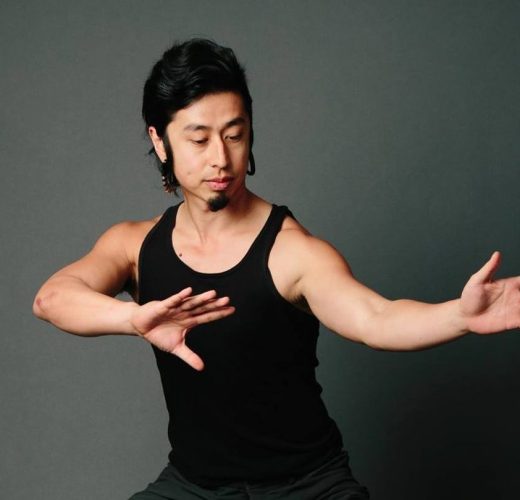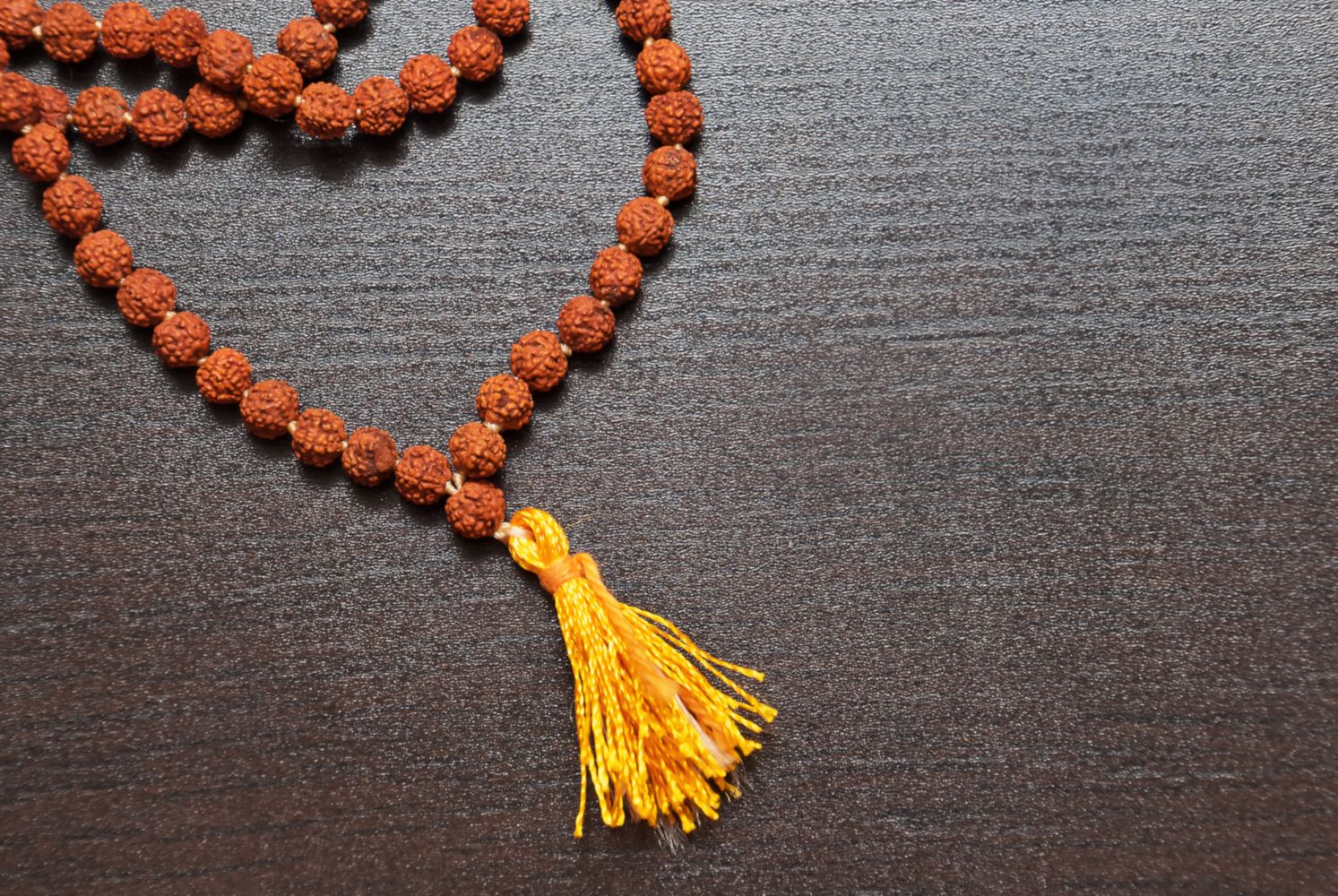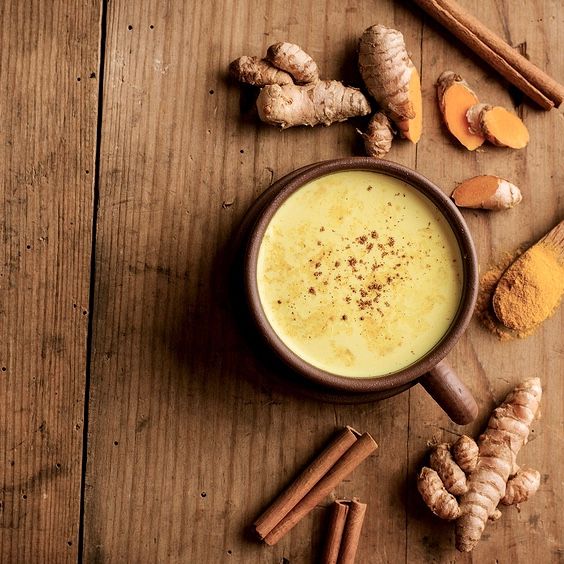In our modern-day world, it’s becoming more and more clear that stress is a major problem in our lives. Nearly everyone feels the onslaught of some level of cumulative stress in their lives. Technology has both helped and hurt us, making our pace of life more convenient but even more demanding. As a remedy to this stress, I’d like to introduce a simple Taoist concept and practice: the Dan Tien and Dan Tien breathing.
Dan Tien breathing is one of the most basic and a cornerstone practice of Taoist qigong. But, before we go any further, what is the Dan Tien? According to Taoist inner alchemy, the Dan Tien is located below the navel, inside the body, encompassing the whole lower abdominal cavity. The symbols for Dan Tien mean “field of elixir.” The Dan Tien is considered the central reservoir of qi energy. In the practice of qigong, Dan Tien is where we are meant to store our vital energy; and, we constantly bring our hands and attention back to the Dan Tien during and after various exercises. In Asian martial arts, it’s considered to be our core center from which we move and draw power from.
To center our qi and calm our system, building and protecting our vital energy, Dan Tien breathing is the act of bringing our energy, attention, and breath movement to the lower abdomen. In my early experiences with qigong, I noticed that this practice had a deeply calming effect on my whole body and mind. I felt my qi sink and settle. My nervous system calmed and I entered a deep state of quiescence. The Taoist had their own form of science based on subjective experimentation. They saw that breathing in this way produced a particular calming and centering effect on their nervous system. Through their deep introspective practices, and understanding of medicine and nature, they observed that the people who remained calmer and centered, stayed healthier and lived longer. They correspondingly noticed that people who were constantly stressed, mentally disturbed, or erratic, depleted their qi, encountered more sickness, and compromised their longevity.
Recent studies show that through the vagus nerve, yogic breathing activities can impact heart-rate variability and the central nervous system. Through the works of Stephen Porges, the activation of the vagus nerve has become a central topic on the regulation and calming of the nervous system.
In my experience in Dan Tien breathing, the engagement of the diaphragm, the drawing in and out of the abdomen, seems to accentuate this effect. As an experiment, try breathing into the chest for five minutes and compare it to breathing into the belly for five minutes. See if you feel different.
In the Taoist approach, they also recommend that during the duration of the breathing the practitioner focus their awareness on the lower abdomen. They believe that this impacts the flow of qi down from the head, into the Dan Tien, which also accentuates the calming and centering effect of the breath.
The following is the easiest way to start practicing Dan Tien breathing:
Lie down on your back and support your head with a pillow. Walk your feet up by your buttocks with the knees bent. Walk the feet apart wider than your hips, turn the toes in, and let the knees fall into each other so they support each other. Place your hands on the lower belly below the navel. Close your eyes and begin breathing into the belly. You want to press the belly out on the inhale and draw the belly back on the exhale. As you breathe into the belly, keep your attention on the lower abdomen, two to three inches below the belly.
At first, a lot of people will move the chest and ribs up and down. That’s okay in the beginning, but, as you get better at this, you want to focus on only moving the lower abdomen up and down with the breath, keeping the ribs and chest fairly still. Continue for five to 10 minutes and see how you feel afterward.














